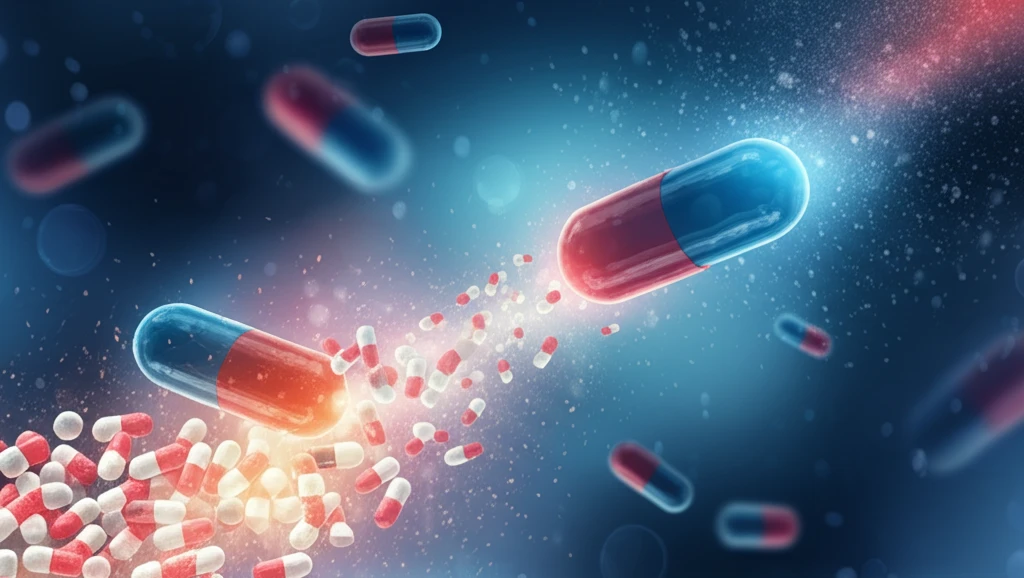
Unlock Better Health: How Smart Pills Could Revolutionize Medication
"Discover the groundbreaking approach to enhancing drug solubility with pH-responsive microparticulate systems for better bioavailability"
For decades, medical science has sought ways to improve how effectively our bodies use medications. Traditional pills and capsules often struggle with solubility, meaning they don't dissolve well in the body, leading to inconsistent absorption and reduced therapeutic effects. This is particularly true for hydrophobic drugs, which naturally repel water and therefore have difficulty dissolving in the aqueous environment of the digestive system. This limitation has driven researchers to explore innovative drug delivery systems that can enhance solubility and bioavailability—how much of the drug reaches the bloodstream.
One promising avenue is the use of microparticulate systems, tiny vehicles designed to transport drugs directly to the target site while improving their solubility along the way. Among these, pH-responsive microparticles have garnered significant attention. These smart particles are designed to release medication in response to specific pH levels, such as those found in different parts of the gastrointestinal tract. This targeted approach maximizes the drug's effectiveness and minimizes potential side effects.
Recent research published in 'Polymer-Plastics Technology and Engineering' details the development and evaluation of a novel pH-responsive microparticulate system designed to enhance the solubility of Rosuvastatin Calcium (RST), a drug used to lower cholesterol. This study highlights the potential of these advanced systems to transform how we approach medication, making treatments more effective and accessible.
The Science Behind pH-Responsive Microparticles

The core innovation lies in the creation of microparticles that respond to changes in pH. These particles are typically made from polymers that can swell or shrink depending on the acidity or alkalinity of their surroundings. In the case of the RST delivery system, the researchers used a combination of β-cyclodextrin (β-CD) and methacrylic acid (MAA), crosslinked to form a polymeric network.
- Enhanced Solubility: The β-CD encapsulates the drug, making it more soluble.
- Controlled Release: The MAA ensures the drug is released at the optimal site in the digestive tract.
- Biocompatibility: The materials used are non-toxic and well-tolerated by the body.
The Future of Medication: Personalized and Precise
The development of pH-responsive microparticulate systems represents a significant step forward in pharmaceutical technology. By addressing the challenges of drug solubility and bioavailability, these systems pave the way for more effective and personalized treatments. As research continues, we can expect to see even more sophisticated drug delivery systems that further optimize therapeutic outcomes and improve patient care. These advancements promise a future where medication is not just about treating illness, but about enhancing overall health and well-being.
